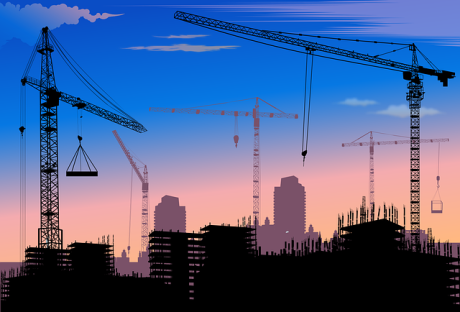Brea, California, a city in Orange County, is six miles north of Anaheim, California, and two miles east of La Habra, California.
The well-known Brea Mall and the revitalized downtown have made the city a well-known destination for shopping. Its extensive public art program includes a huge collection of works of art dispersed around the city.
When the village of Olinda was founded at the start of the 19th century, many businesspeople came in search of oil. The Union Oil Corporation purchased a sizable parcel of land for oil extraction. By 1898, oil drilling towers surrounded the area. In 1911, the villages of Olinda and Randolph were merged into the town of Brea.
Meaning “tar” in Spanish, Brea was home to 752 residents when it was incorporated as a city in February 1917. It was recognized as the eighth official city in Orange County.
Home to coffee shops and parks, Brea is considered one of the best places to live in California. Therefore, preparing for a move here can indeed be exciting.
Planning for a Move to Brea

To start preparing for a big move to Brea, you’ll need to make a checklist and plan the following activities.
1. Get Prequalified for a Loan
The first thing you need to do is get prequalified for a loan. Doing so will help you see what you can afford in Brea real estate. This will also make it easier for you to search for homes online. Before you begin any search, get prequalified first so you’ll save time and can find a house that meets your monetary criteria.
2. Select an Area Realtor
After you get prequalified for home financing, you’ll need to contact a local Brea realtor. He knows the neighborhoods and can direct you to the best Brea real estate listings.
For example, some homes are listed at over $1,000,0000 and offer 4 bedrooms and 3 baths, while others feature 3 bedrooms and two bathrooms for around $270,000. Therefore, a realtor can direct you to the property that best fits your current and future housing needs.
They will do all the legwork for you while you find the houses that attract your attention online.
3. Search Real Estate Online and Drive by the Chosen Properties
Narrow down your choices to about three houses. You don’t want to overdo it. Pick those houses that meet your financing requirements close to where you work or near parks and shopping. After this, drive by the home and check out the surrounding area.
4. Scheduled a Tour with a Realtor
Next, schedule a time to see the property with your realtor. Be prepared to ask questions. If you’re interested in a specific home, have your realtor take care of the offer and negotiation process.
Begin Your Search for a Brea Home Today

You’ve got a lot to think about and to plan if you’re going to move to a great city like Brea. That’s why it’s essential to be confident about your house-hunting and buying objectives.
By creating a checklist, you can move quickly forward toward your goal of finding your dream house in Brea.
Additionals:























All Comments
binance
Your article helped me a lot, is there any more related content? Thanks!